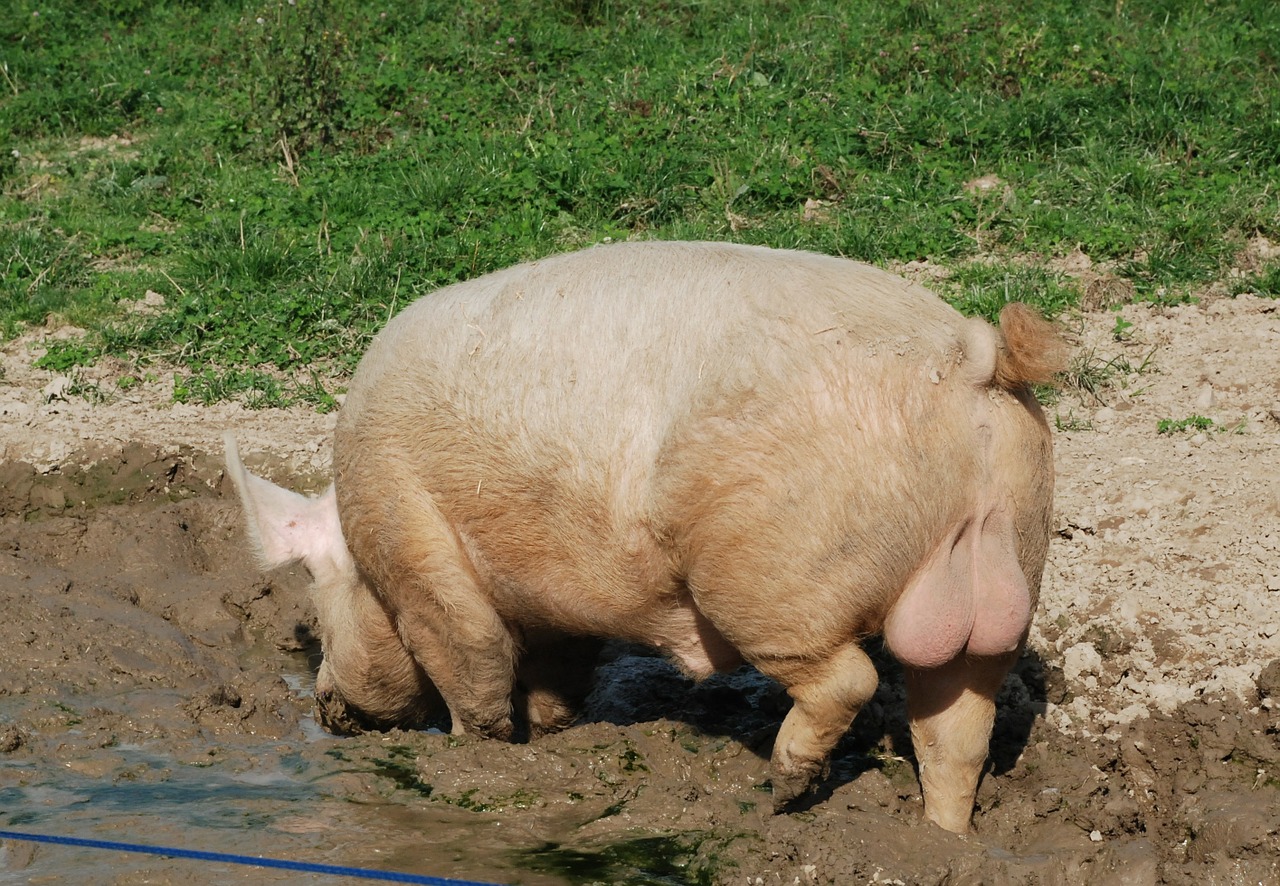As I was being interviewed for a recent Tonic/VICE article—by author Grant Stoddard—about testicular implants an interesting point was raised: Does the ole’ “bigger is better” notion that we typically associate with homes, jewels and penises also apply to testicles?
Looking Pretty Down South
Lets start with a little perspective here. We humans do pretty well with testicle size, ranking somewhere in the middle of the pack among mammals. Just so you know, the largest testicles on earth are found in right whales. They weigh 1 ton and they make 1 gallon of sperm-filled-semen. Ours weigh an ounce or two.
It’s All Relative
You also may not know that ball size (relative to body weight) correlates with promiscuity in a species. Chimpanzee’s have large balls relative to body size (0.3% by weight) and are a highly promiscuous species. Gorillas, although far larger creatures than chimps, have much smaller balls relative to body size (0.02% by weight) and tend to hang in committed relationships.
However, the promiscuous partner is not the one you think…it’s the female! Female chimps typically mate with several male partners so there is rigorous competition among sperm from several males for eggs. The evolutionary response here is the usual “outnumber to outcompete” and has led to male chimps making make more and more sperm to beat the rest of the pack to the egg. Hence, bigger testicles.
On the contrary, male gorillas have tightly controlled harems of female partners with very few extra-pair copulations (“affairs”). Since their sperm is not competing with anyone else’s, there’s little to no evolutionary drive for higher sperm numbers in gorillas for reproductive success. Hence, smaller testicles.
An Ersatz Bollock
As you might have guessed, we humans are somewhere in the middle. Most men have testicles that are 2-3 inches long and an inch or so wide, give or take. And there’s actually quite a bit of variation in normal testicle size among different ethnic groups. It’s also pretty common that the left testicle hangs lower in the scrotum than the right. More importantly, testicles that are much larger than normal, especially if they are enlarging with time, are actually more cause for concern than honor and should lead the owner straight to the doctors office for inspection. So bigger, although conceptually attractive, might not be better.
Bottom line: The size of our family jewels may not personally reflect much on who we really are. It may be our sexual partners, over millions of years, that have had the largest influence on how big our balls are today. And, as a professional testicle guy, I would say that partners don’t think all that much about testicle size, especially when compared to the energy devoted to penis size. My advice: Instead of sweating over them, enjoy them.
This article first appeared on Dr. Turek’s blog.




